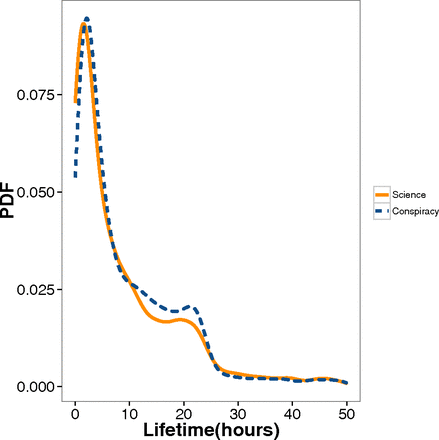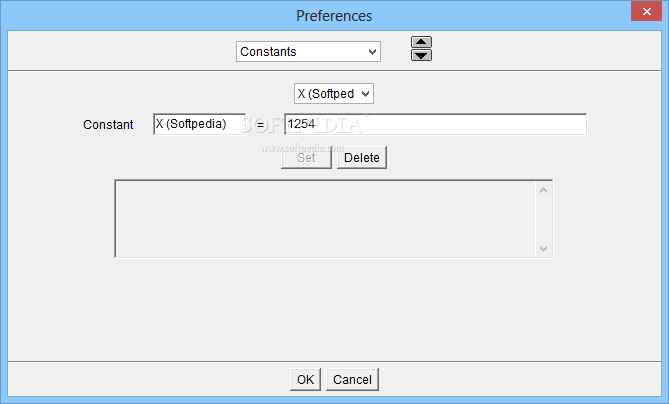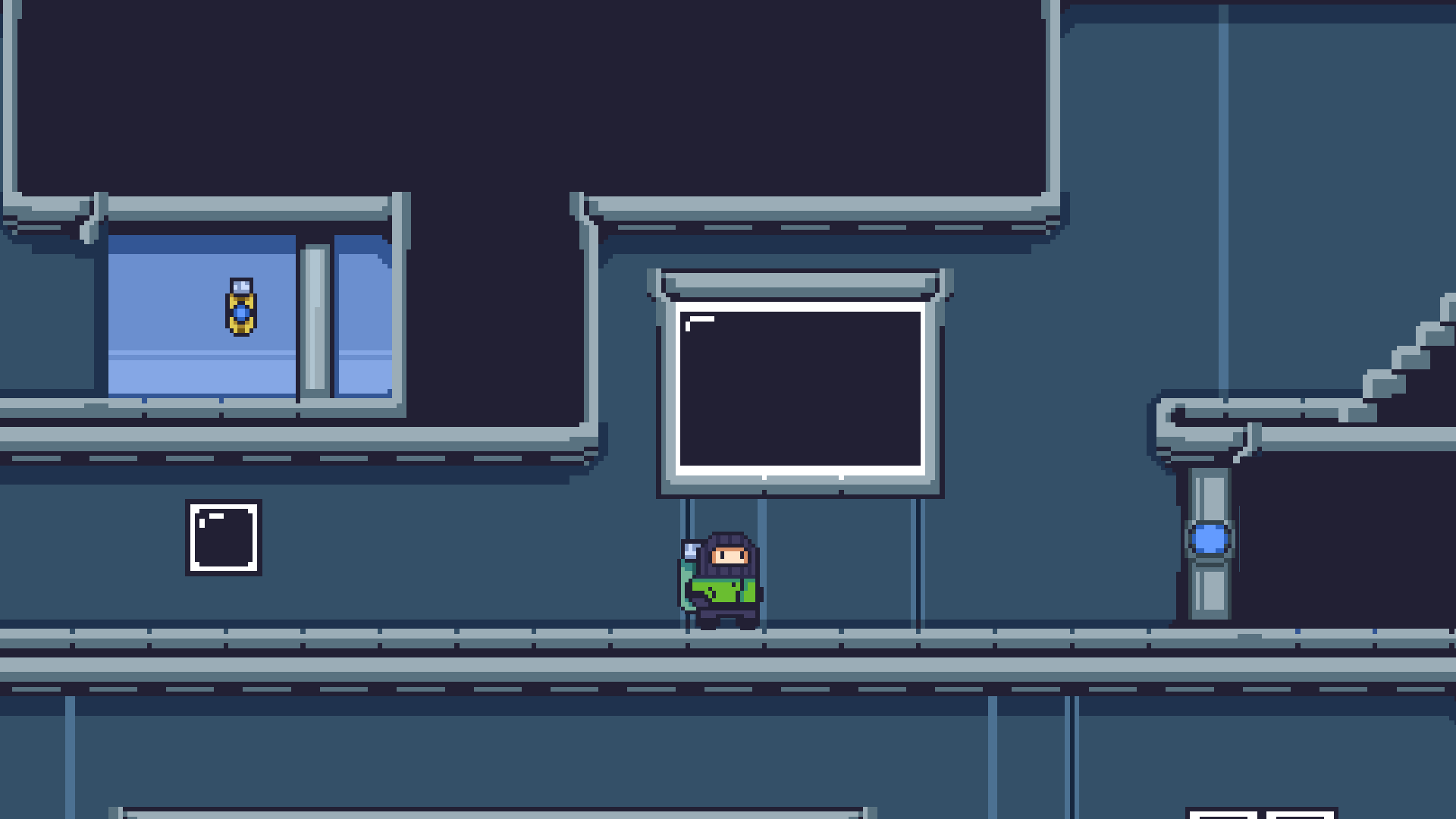

It allows us to extract the information presented visually in the published article, but no further. Years of work and terabytes of data may be compressed into just two or three pages.ĭataThief only takes us so far. There’s an imperative to present the data in a neat, sanitized package, with all the rough edges and anomalies smoothed out to tell a coherent story that will convince reviewers and editors that it’s worthy of publication in a reputable journal.
#DATATHIEF MATLAB HOW TO#
The data reported in a journal article are really just a snapshot of the actual data recorded, filtered through the authors’ preconceptions about what questions are interesting to ask and how to go about doing that. Hardly evidence for fundamentally different neural mechanisms in the two disorders.Īt the risk of sounding like a broken record, this once again highlights the importance of looking at individual variation within diagnostic groups such as autism and SLI, rather than (or as well as) looking at group averages.īut it also emphasizes a more general point (and this I have to stress is no criticism of the authors of this particular paper). Likewise, the overlap between the distributions of the autism and SLI groups is almost complete. On average, kids with SLI have lower than ‘normal’ fractional anisotropy, but looking at the spread of scores, you’d be hard pressed to conclude that this was a characteristic of SLI. On the y-axis is fractional anisotropy (FA) - the imaging measure used to assess the integrity of the left superior longitudinal fasciculus. On the x-axis is performance on a language test. The figure below is a scatterplot with each coloured shape representing a single child.


Taken at face value, this is a pretty major blow to the idea that autism and SLI have anything more than a superficial resemblance. However, the same was not true of kids with autism, even though they had poorer language skills than those with SLI. reported that integrity of the superior longitudinal fasciculus was compromised in kids with specific language impairment (SLI) - that is, kids who have language difficulties for no obvious reason. In the study, Judith Verhoeven and colleagues used diffusion tensor MRI to examine the superior longitudinal fasciculus, a bundle of nerve fibres that is assumed (although see this paper) to connect two brain regions involved in language production and comprehension - Broca’s area (left front-ish) with Wernicke’s area (left and back a bit). The other week, for example, I came across an intriguing neuroimaging study reported on the SFARI website. Sometimes, this provides insights that really aren’t obvious from the original paper. Recently, I’ve discovered DataThief - an application that allows you to scan in a graph from a paper and extract the data points. Having spent much of the past week struggling to make sense of my data, it’s good to come home, pour a glass of wine, put on some Sharon Jones, and, er… play with somebody else’s data!


 0 kommentar(er)
0 kommentar(er)
